Modern life can’t exist without thousands of years of history happening before it. Sometimes, this history is unknown, so the discovery of historic artifacts and structures can help us gain a deeper understanding of what life was like before us.
A group of archaeologists found a Christian structure that had been hidden for 1,600 years. This structure is interesting because it completely challenges our previously held beliefs regarding religion.
The Excavation Uncovered a Large Building
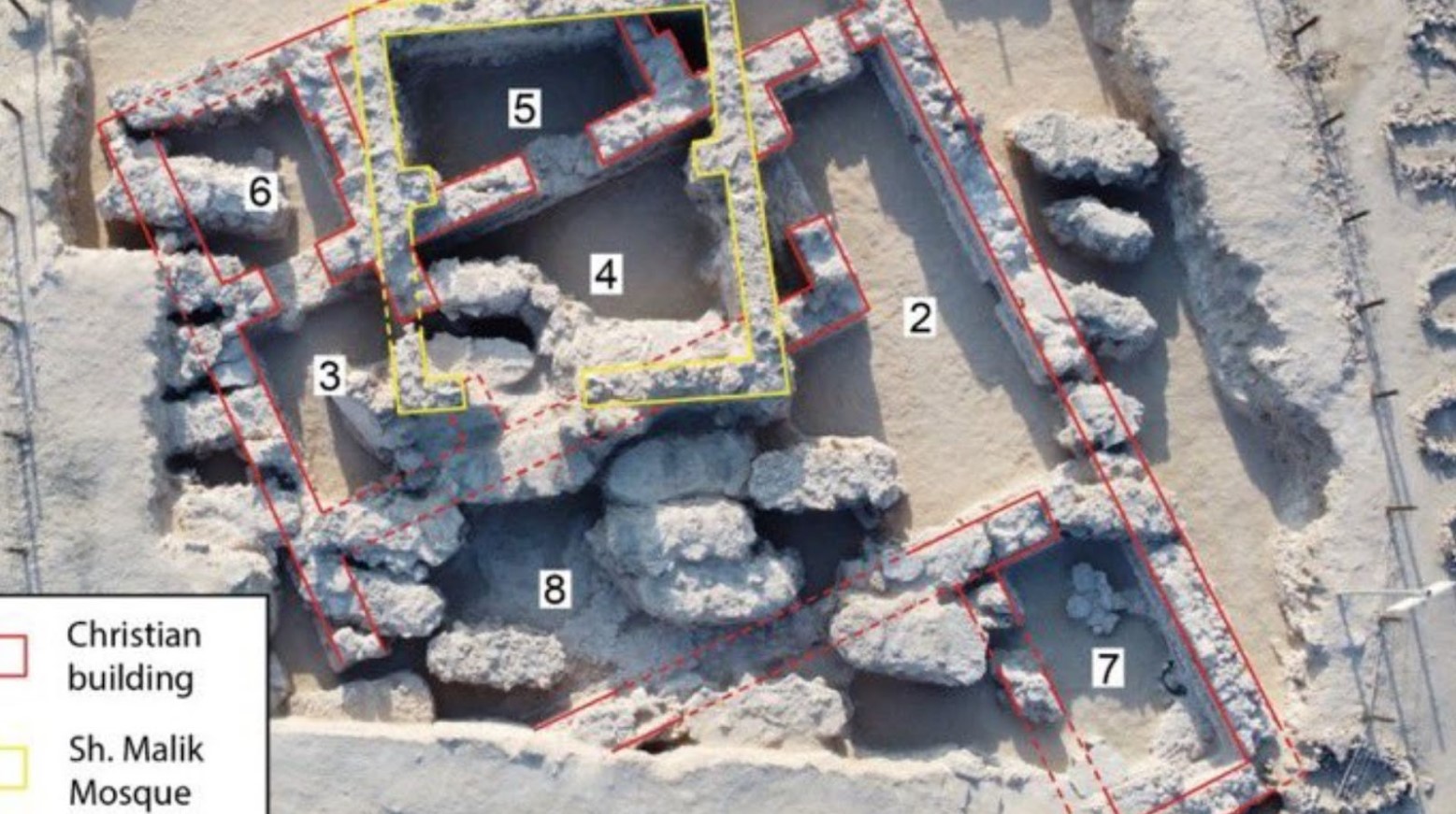
The excavation was carried out by British and Bahraini archaeologists and occurred under a mound in a village cemetery. They were able to find a large building with eight surviving rooms.
The surviving rooms include a kitchen, a rectory/dining room, a work room, and three living rooms. Archaeologists were able to explore these rooms further to determine what they were used for and whether anything of importance was left in them.
The Earliest Christian Building
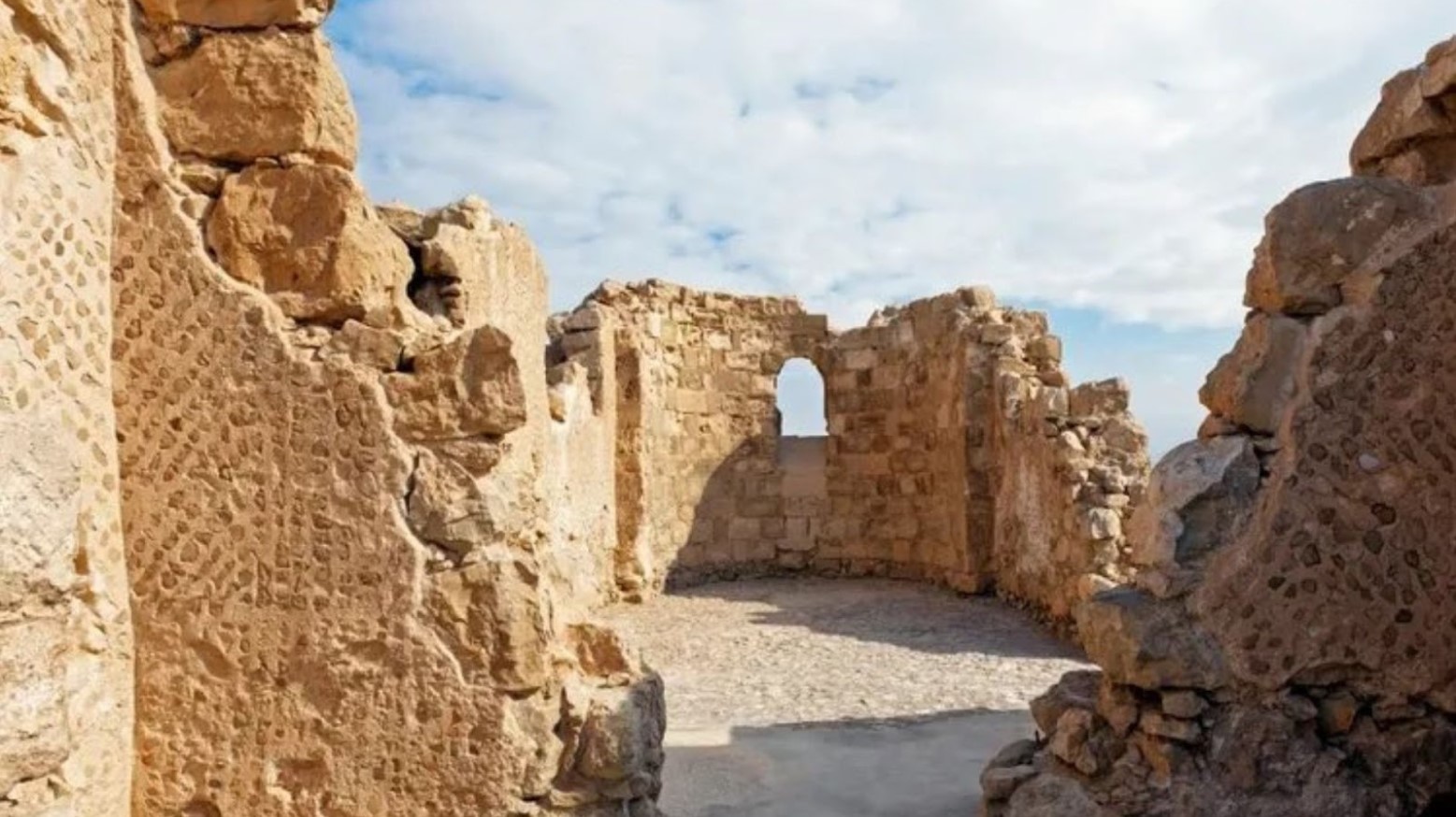
The structure, found in the Arabian Gulf, helps shed some light on the long-lost community of Bahrain. It is also believed to be one of the earliest Christian buildings.
The structure, dating from the 4th Century, gives archaeologists a deeper insight into what religion used to look like in the area. Most importantly, it completely changes what they previously thought this looked like.
Four Years of Work
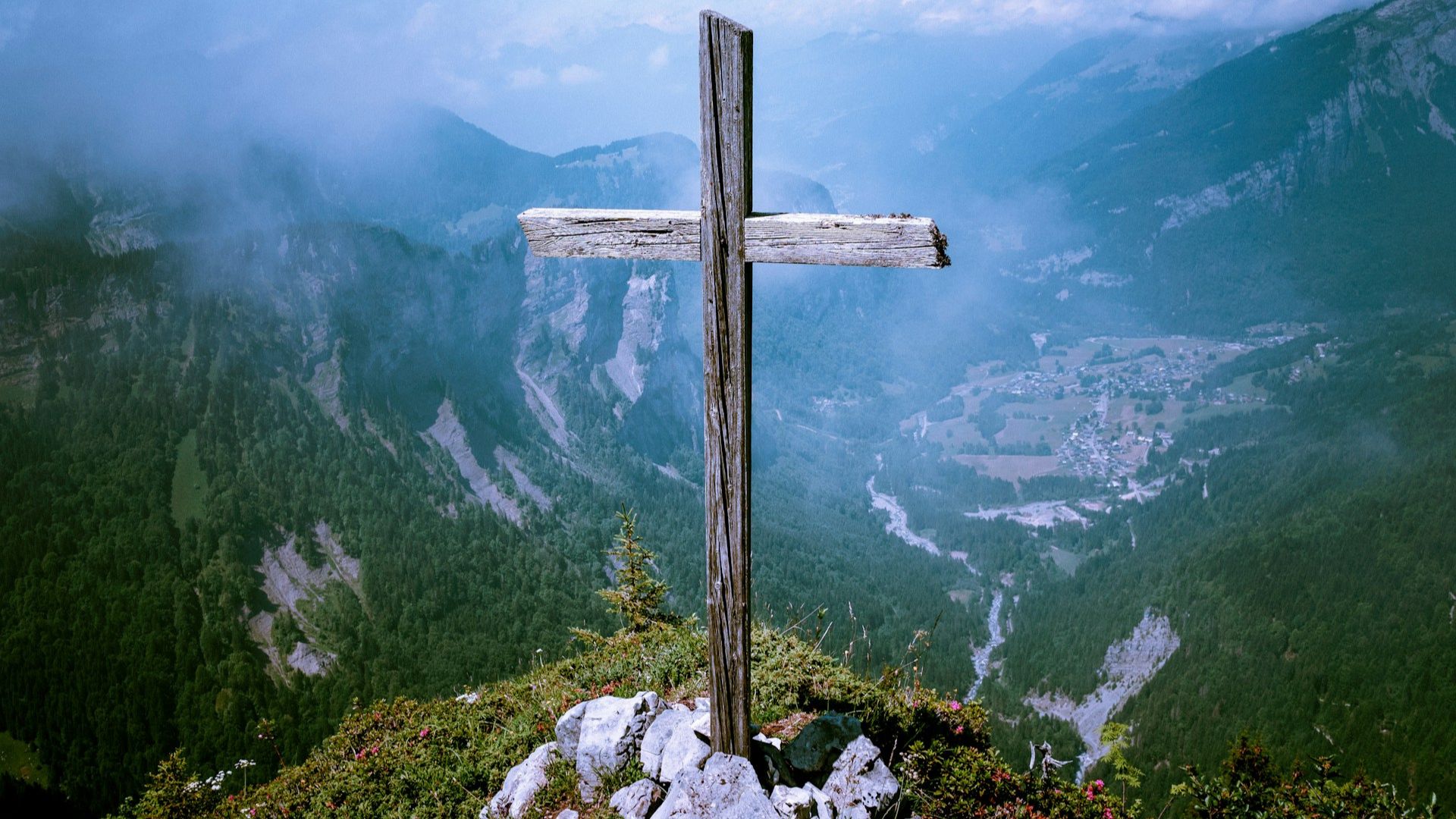
Excavation of the building took place between 2019 and 2023.
The research was a collaborative project between the Institute of Arab and Islamic Studies at the University of Exeter and the Bahrain Authority for Culture and Antiquities. Professor Tim Insoll, leader of the project from Exeter, said: “This is the first physical evidence found of the Nestorian Church in Bahrain and gives a fascinating insight into how people lived, worked, and worshipped.”
The Nestorian Church in Bahrain
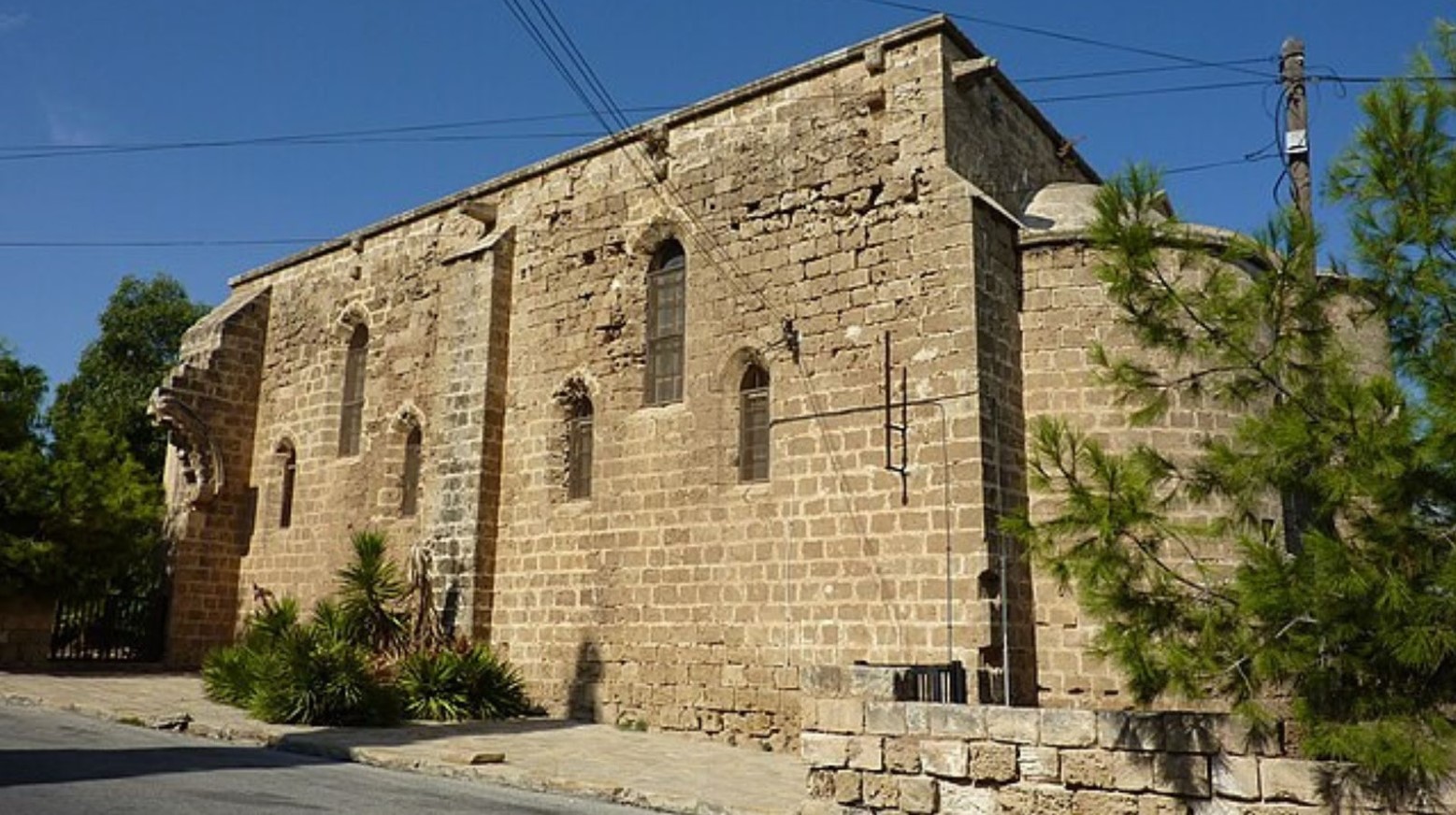
The structure is the first physical evidence of the Nestorian Church that archaeologists have found from this era. This is a good reminder of a religious history that was previously forgotten.
What the archaeologists found most surprising was that the structure could stand the test of time. The main reason for its preservation was a mosque built directly on top of it.
First Physical Proof
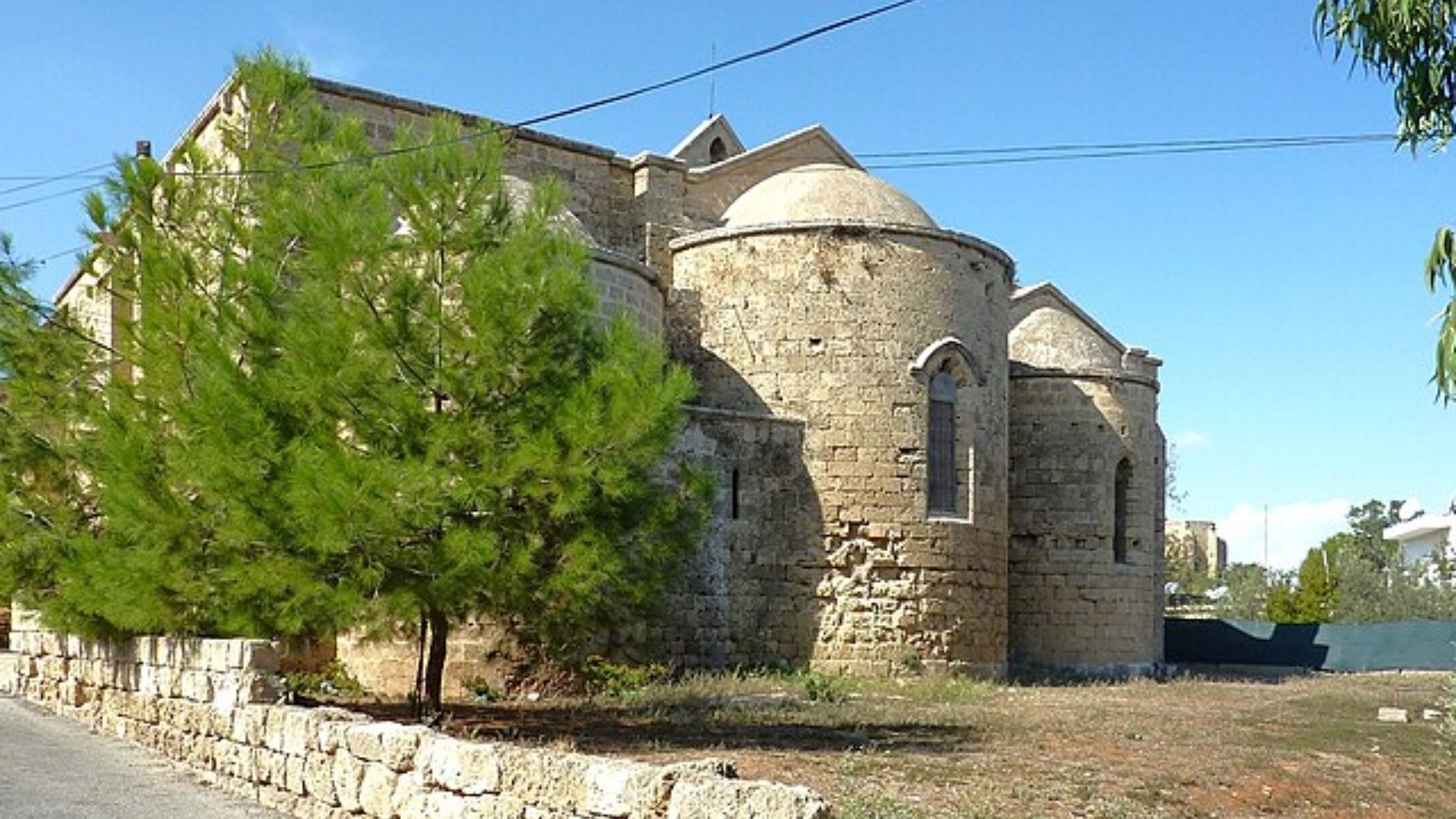
Archaeologists had struggled for years to find tangible evidence of a Christian community in Bahrain.
Insoll said: “The implications are significant as we have documentary evidence referring to the Christian community in Bahrain but lacked any material proof for it until this building was excavated.”
Radiocarbon Dating
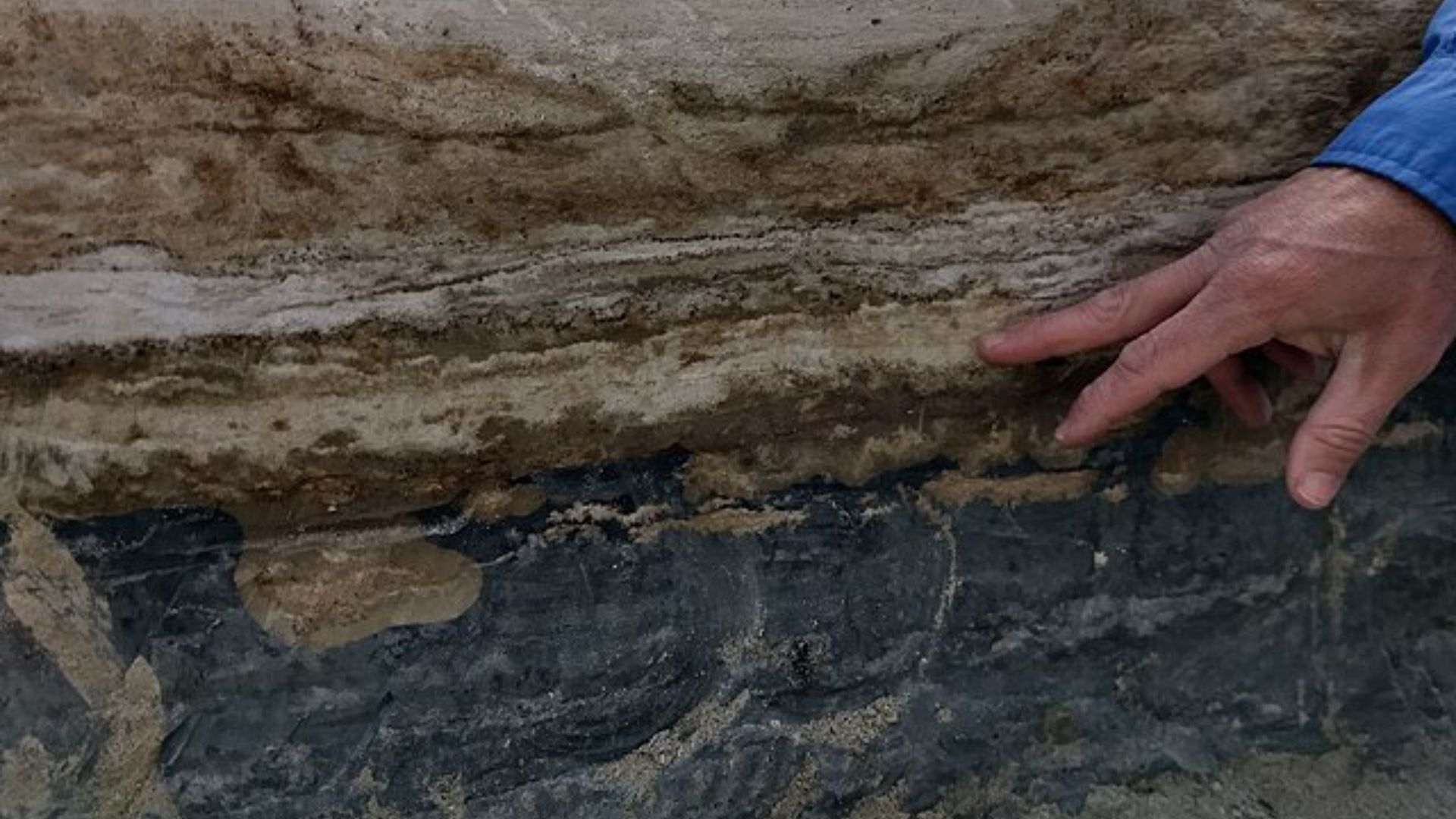
Revealing the exact historical period of the Christian structure was not simple.
Dr. Salman Al Mahari said the excavation team initially thought the site dated back to the sixth and eighth centuries AD. However, with radiocarbon dating, the team found that the building dates back to the fourth century.
Nicene Eastern Christianity
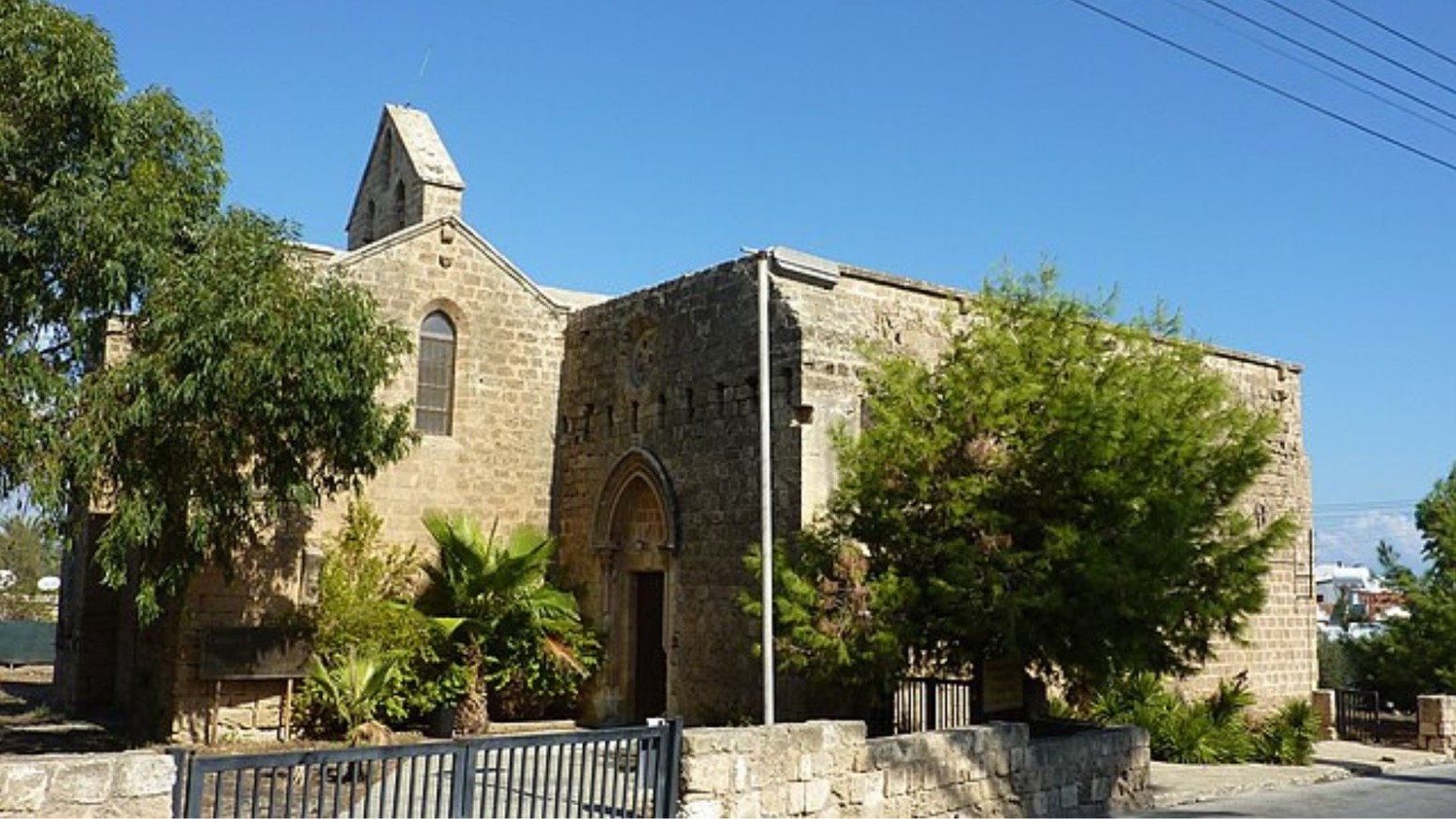
The Nestorian Church is one of the three branches of Nicene Eastern Christianity. It was built due to many controversies within Christianity, so it came up with its own theological interpretations and liturgical practices.
It was founded by Thomas the Apostle in the 1st Century CE and had a strong presence in the area until its conversion to Islam.
A Conversion to Islam
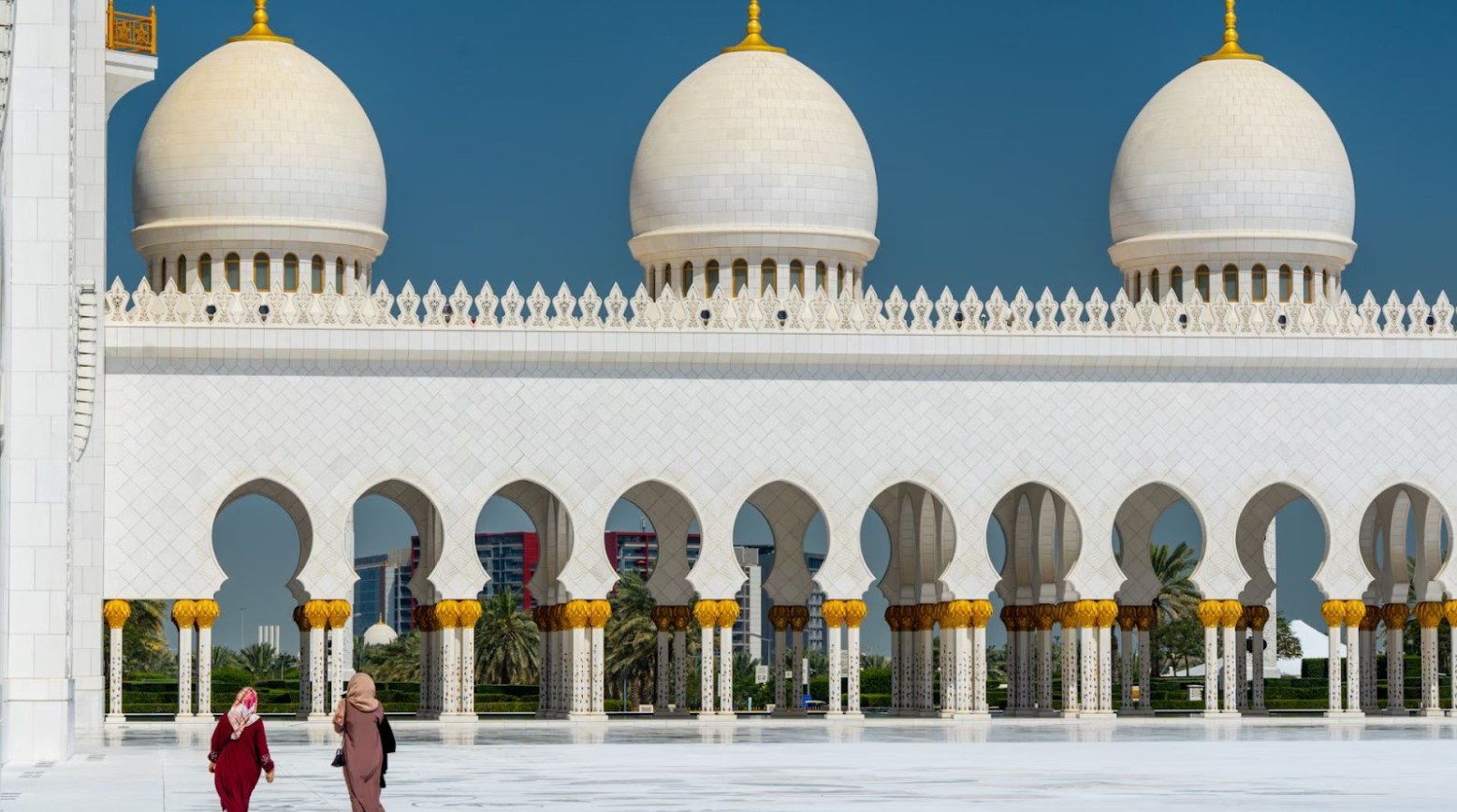
When the church was first built, the people living in the area were Christian. However, this soon changed, as in the 7th Century CE, they converted to Islam.
This led to the building’s abandonment, as the mass conversion meant the Church was no longer needed. The Church now provides a much-needed link to Bahrain’s religious history.
The Palace of the Bishop of the Diocese
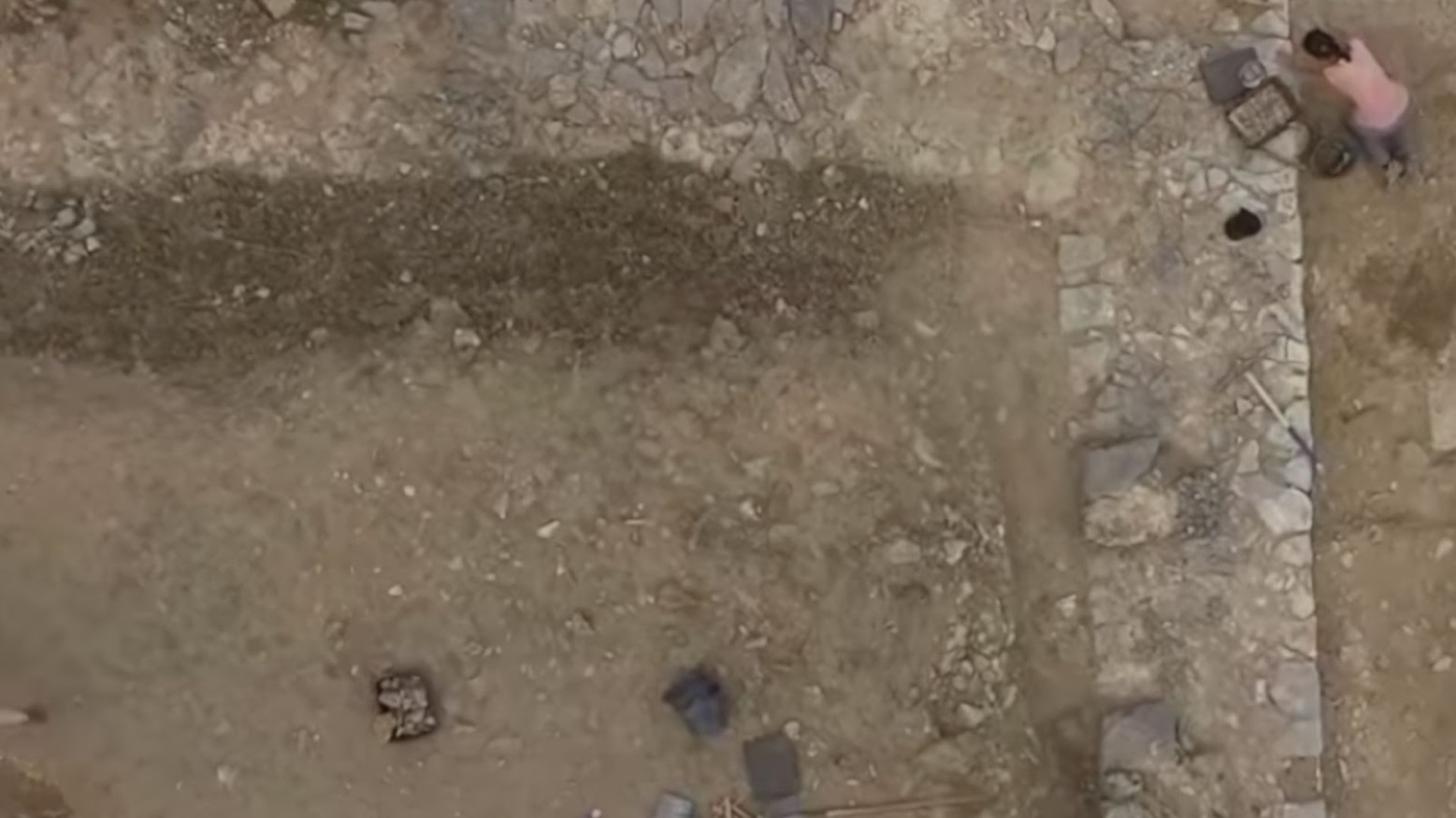
The archaeologists believe the structure is the palace belonging to the Bishop of the Diocese. Samahij was a part of this and was referred to as Meshmahig or Mašmahig in some historical sources.
Historical records suggest that the relationship between Meshmahig and the central church authorities wasn’t a good one. It was also reported that a bishop was excommunicated in 410, with the same fate happening to another bishop in the mid-7th century for challenging the unity of the Church.
Early Christian Symbols Found
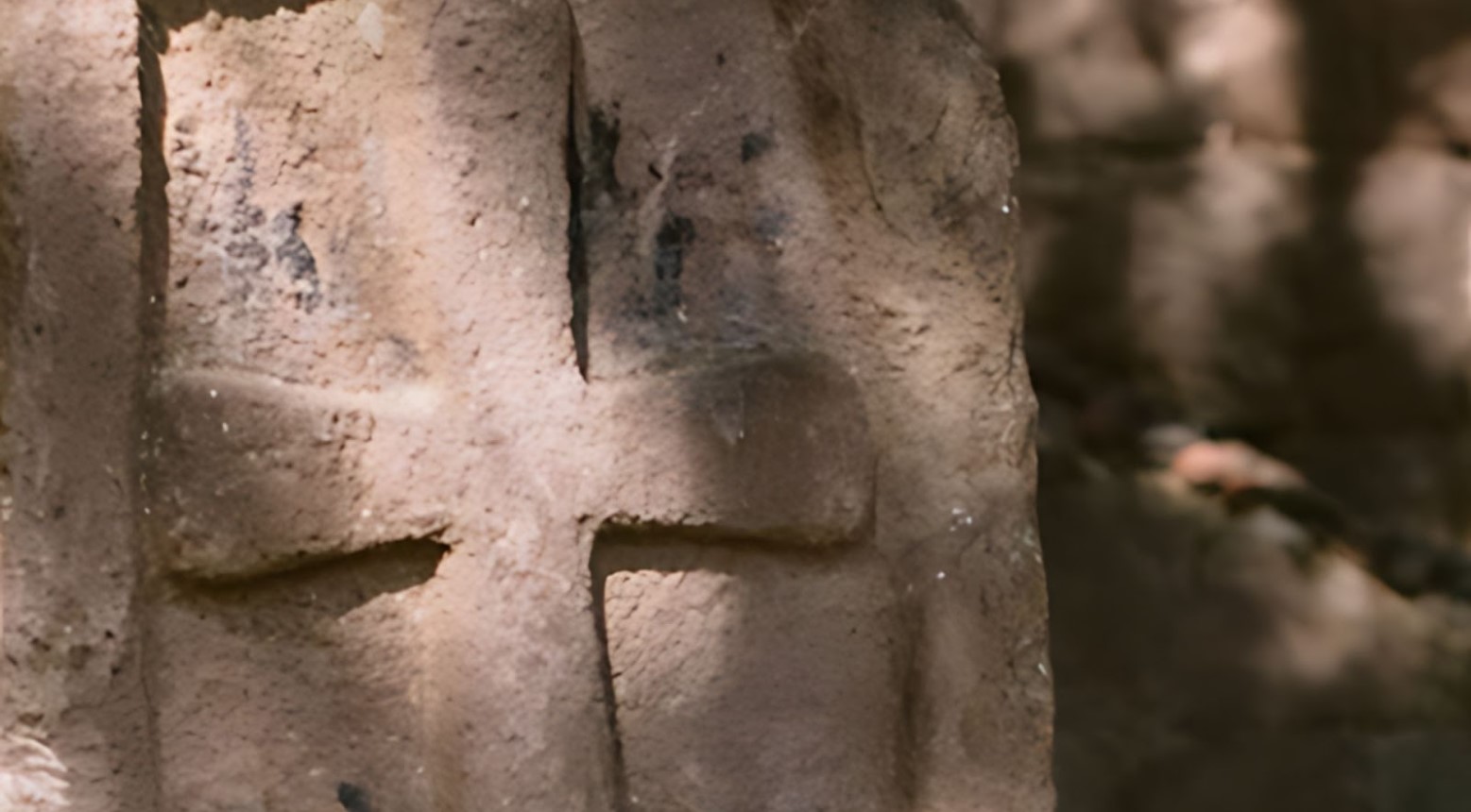
Some Christian symbols were found within the structure, clearly indicating to the archaeologists the religious nature of the building. This helped them determine what it was and what it could have been used for.
Within the building were three crosses made of plaster, and two of these had been placed on the exterior part of the building. It is believed the third was kept as a personal memento by a resident. Other findings include wall paintings carved into plaster, a fish symbol, and the Chi Rho symbol.
Quality Craftsmanship
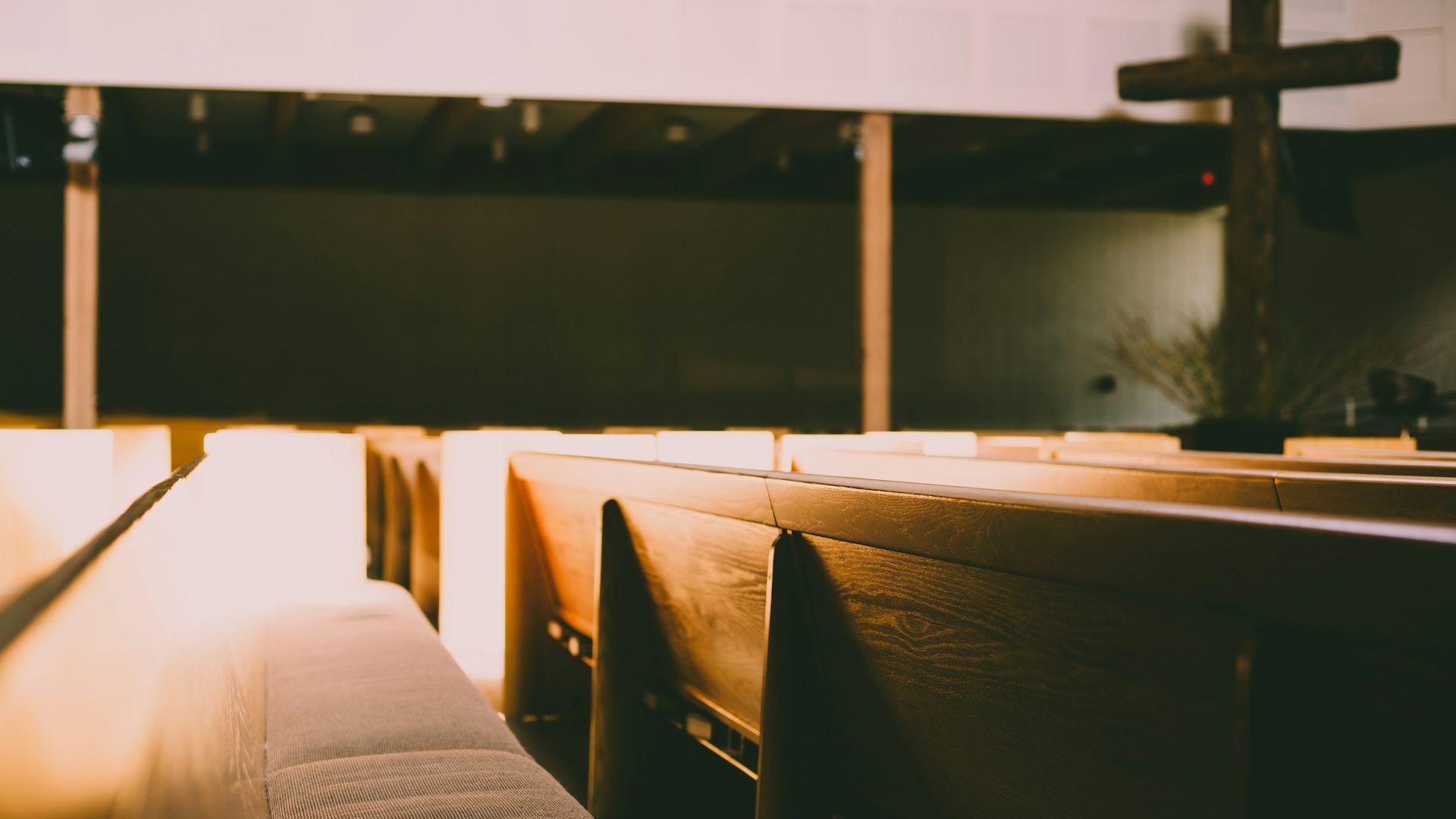
The building was very well-constructed and could withstand the test of time.
The structure had sockets and holes where doors and benches were installed. There were also stone walls that were plastered on the inside, along with plaster flooring. The kitchen contained several hearths made from the bases or tops of amphorae-like storage vessels.
Glasses to Drink Wine
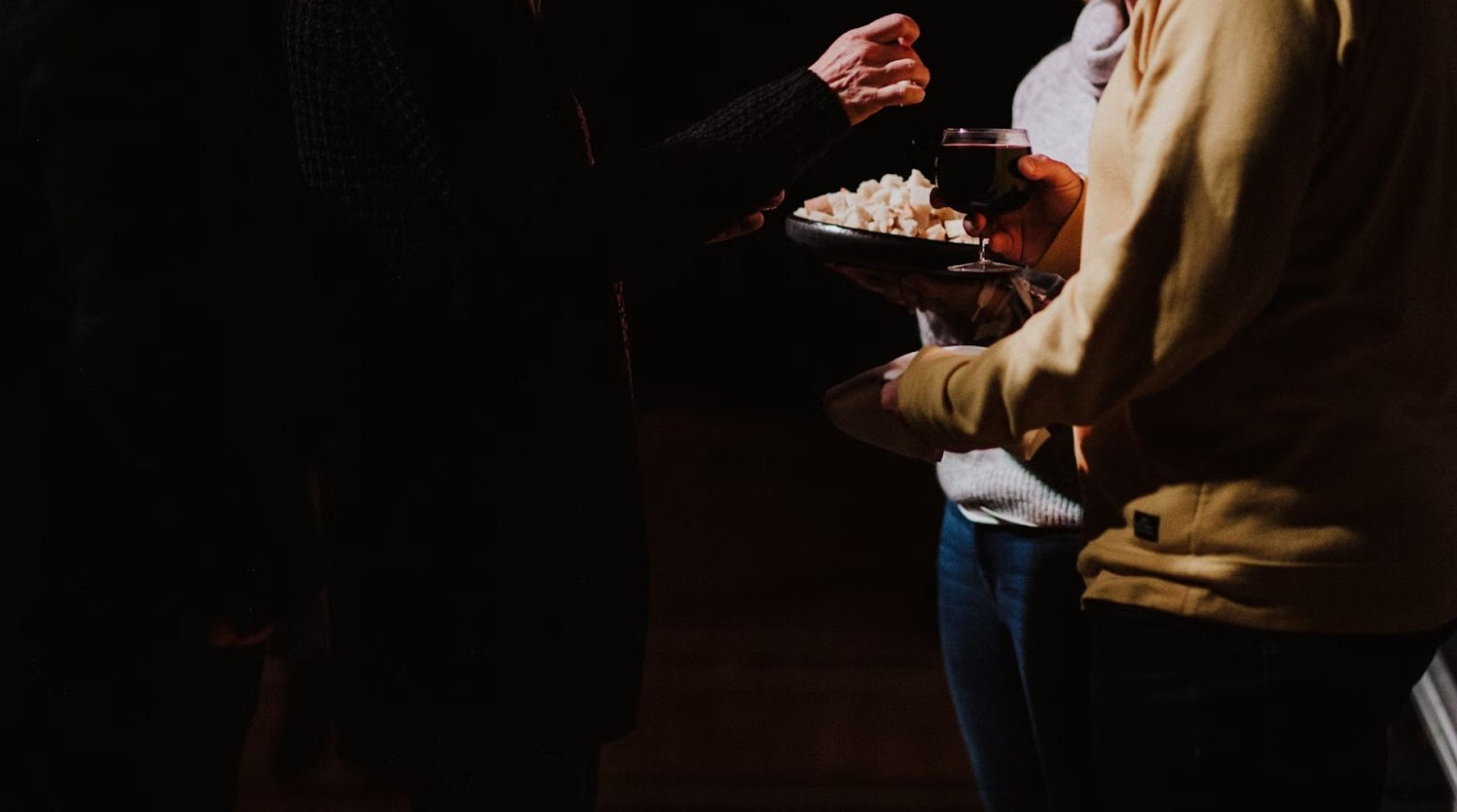
Another key indicator for this being a Christian building was some glassware that would have been used to drink wine. This is a Christian practice and would have been stopped after the conversion to Islam.
The archaeologists also discovered some textiles that would have been used during religious rituals. These findings help them gain a deeper understanding of the building’s purpose and to uncover previously unknown information.
Good Standard of Living

The remains of the building suggest that the occupants were living well.
Food was in good supply, with the remains of fish, shellfish, and a variety of crops left over in the building. There was also pork present in the structure, showing that these occupants were Christian, as eating pork was prohibited after Islamic conversion.
Most Religious Buildings Were in Remote Areas
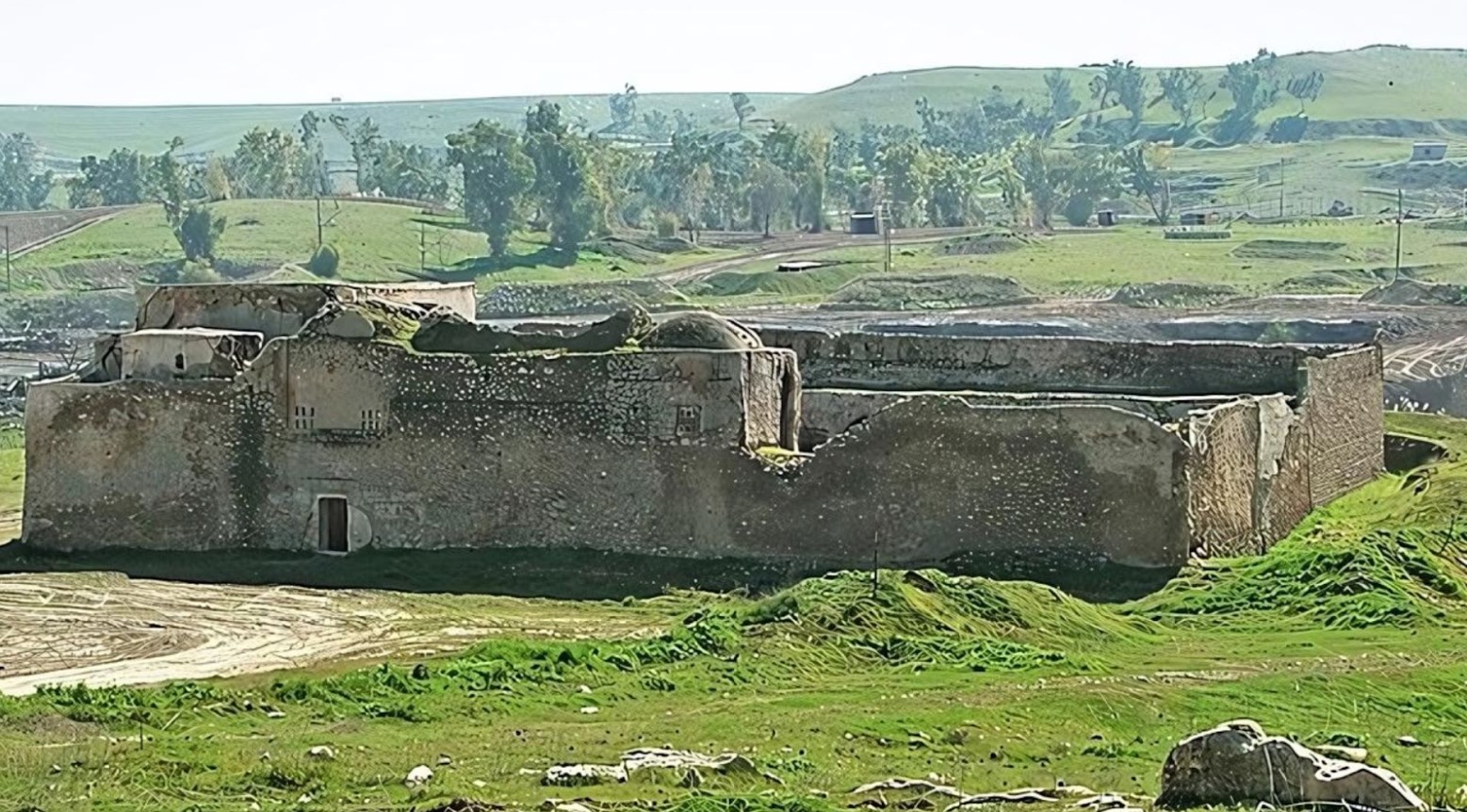
This finding is different from other Christian buildings that have been found in the same area. These buildings were primarily found in remote settings along the Arabian Gulf shores.
These findings were also limited to a few churches, monasteries and dwellings. However, this church was found in the heart of a modern and heavily populated town, making it stand out from other discoveries.
A Center of Trade
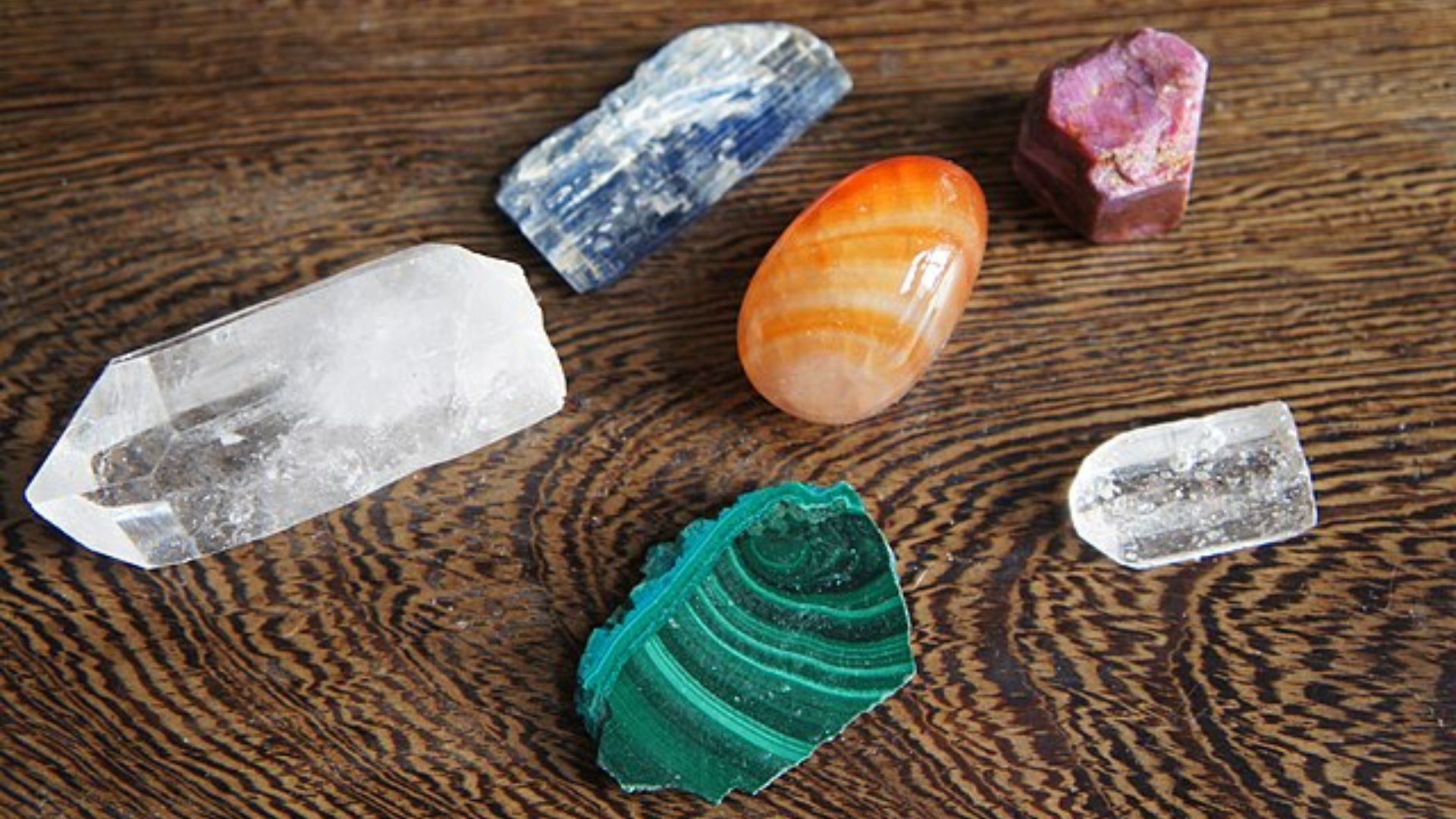
Archaeologists discovered carnelian semi-precious stones and broken shards of pottery inside the building.
The pottery is thought to be of Indian origin, suggesting that the people inside the building were involved in trade, especially with India.
A Textile Hub
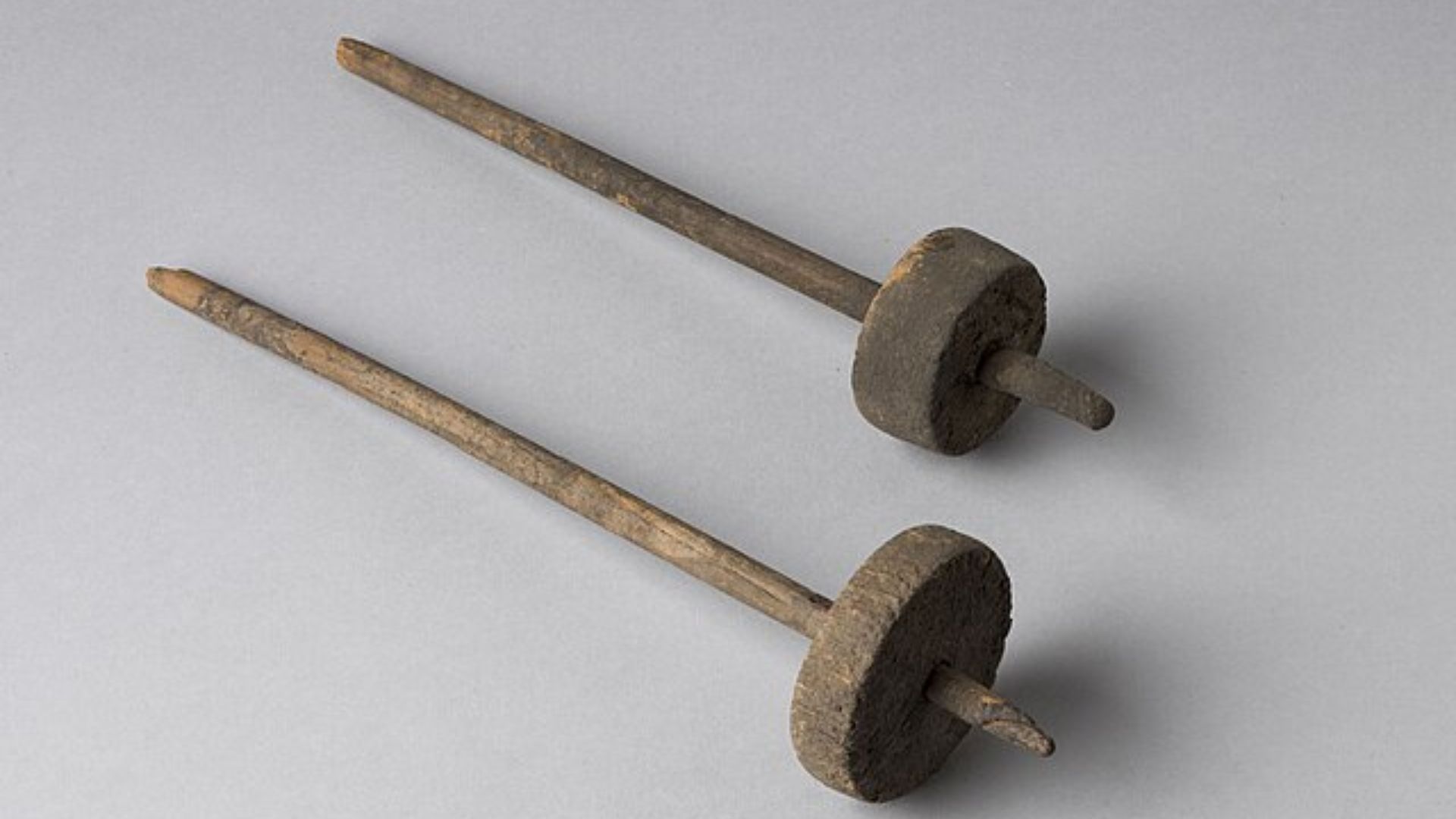
Evidence suggests that the building may have been a space to produce religious materials.
Some of the artefacts left over indicate the occupants created textiles for worship. The archaeologists found old spindle whorls and copper needles in the structure.
Something for the Kids
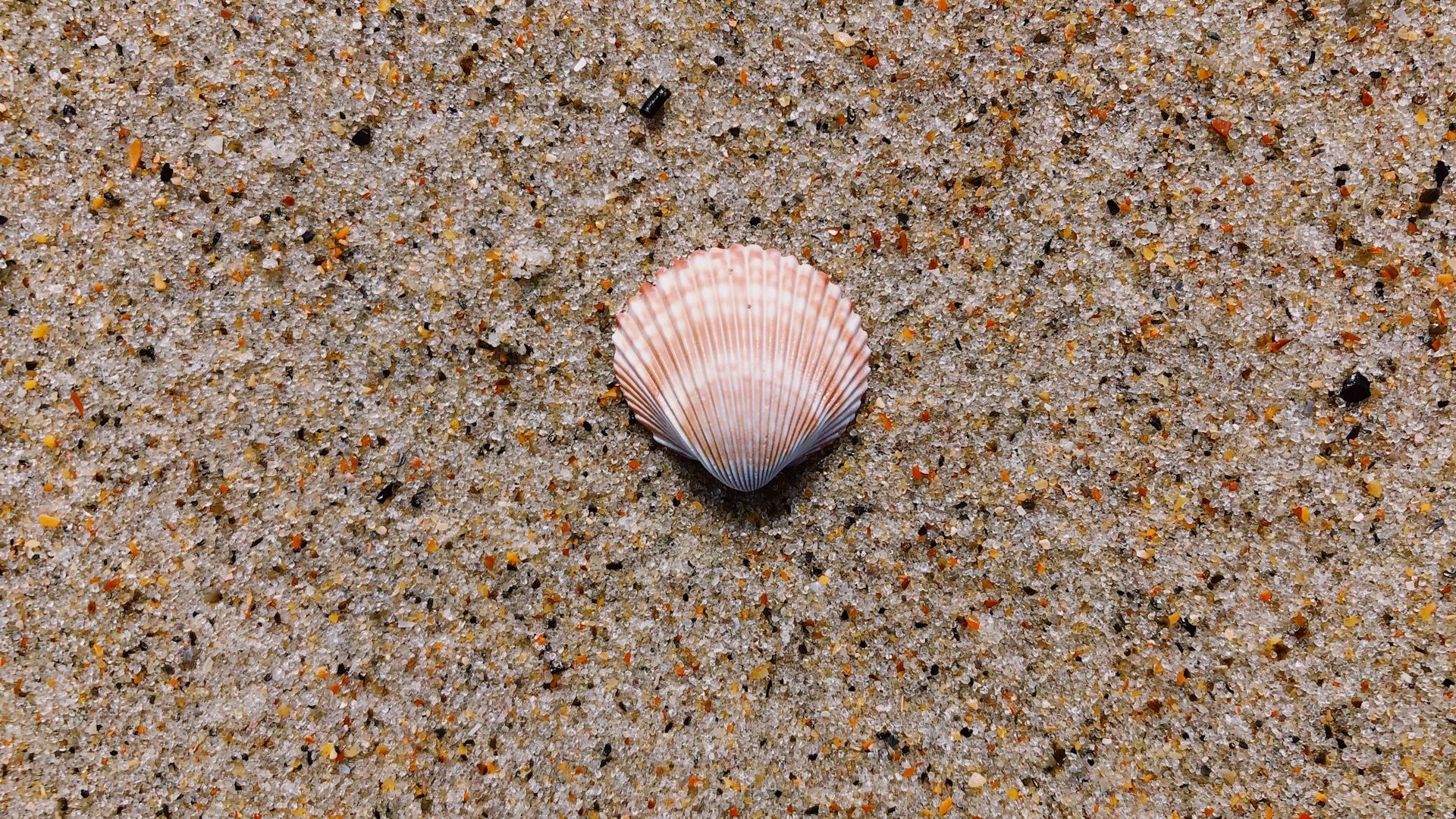
Despite the groundbreaking discovery from the excavation, there were also hints of the same lighthearted gestures we make nowadays for the people around us.
Professor Insoll said: “We were amused to find someone had also drawn part of a face on a pearl shell in bitumen, perhaps for a child who lived in the building.”
Proof of Christian Life
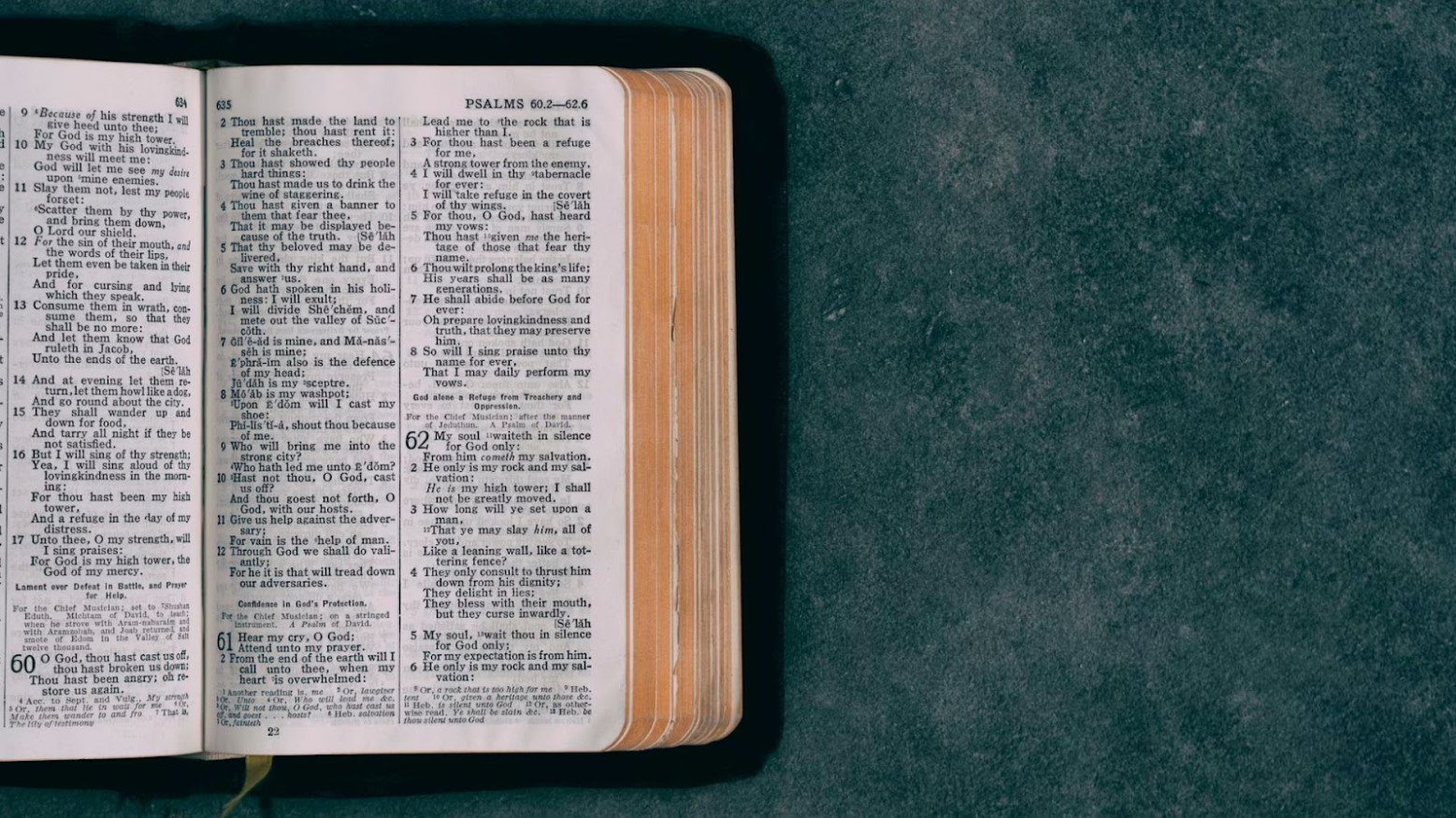
The most important part of this discovery is that it proves previously held beliefs that a Christian community lived and thrived in the Bahrain region before the conversion to Islam.
Before this, there was only documentary evidence of this life having been there, but the physical evidence was lacking. The local Muslim community had said there was a mound under their cemetery, but no one had listened to them until now.
A Bahraini Mystery Solved
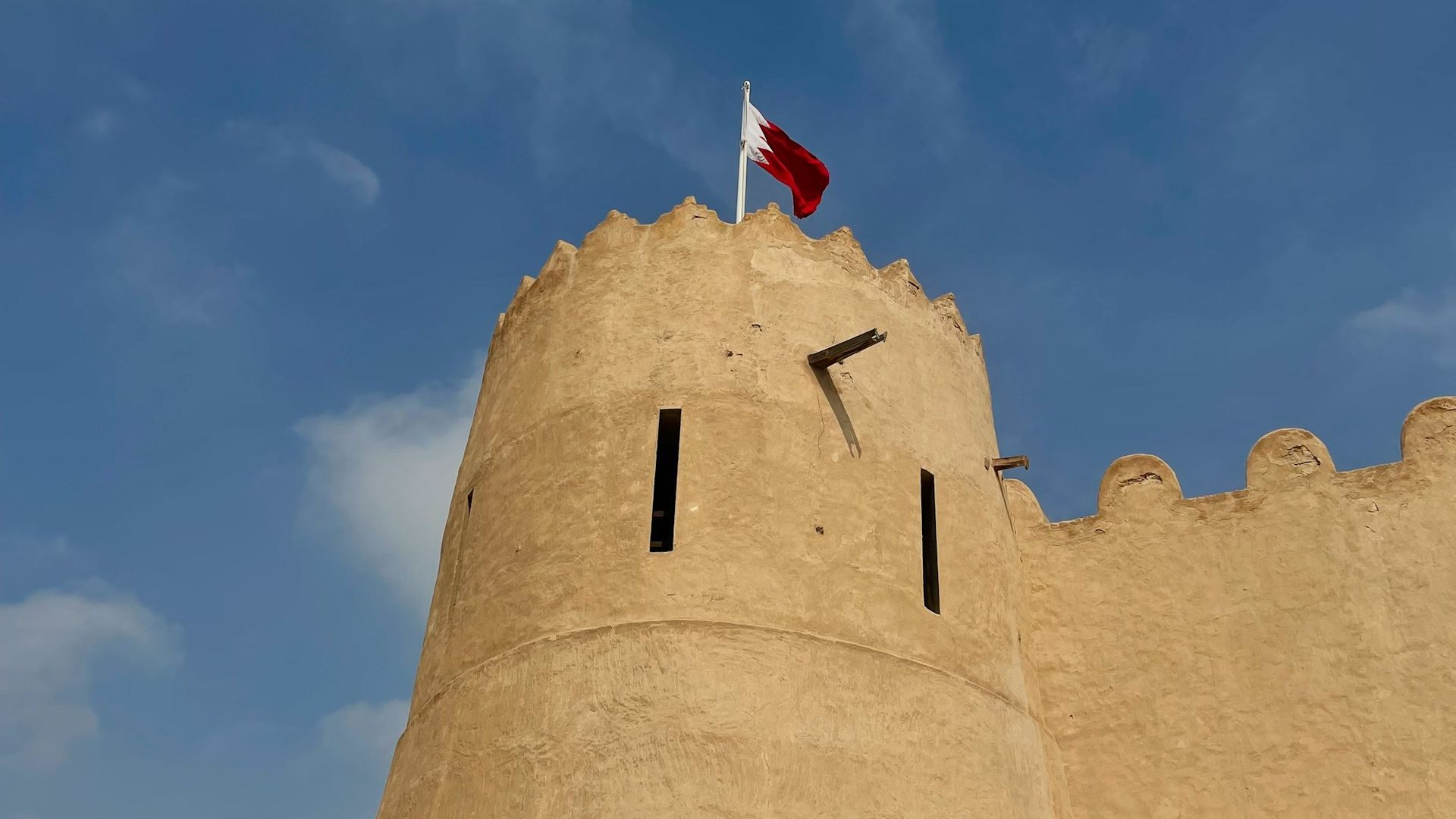
The discovery of the Christian building answers a lot of questions about Bahrain’s historical and cultural role in the Persian Gulf.
Insoll said: “[The discovery] fills a gap in our understanding of wider Christianity in the Persian Gulf as it was always surprising that Bahrain, considering its historical importance in late antiquity and the early Islamic period, never had any archaeological indications of this.”
Hidden Evidence
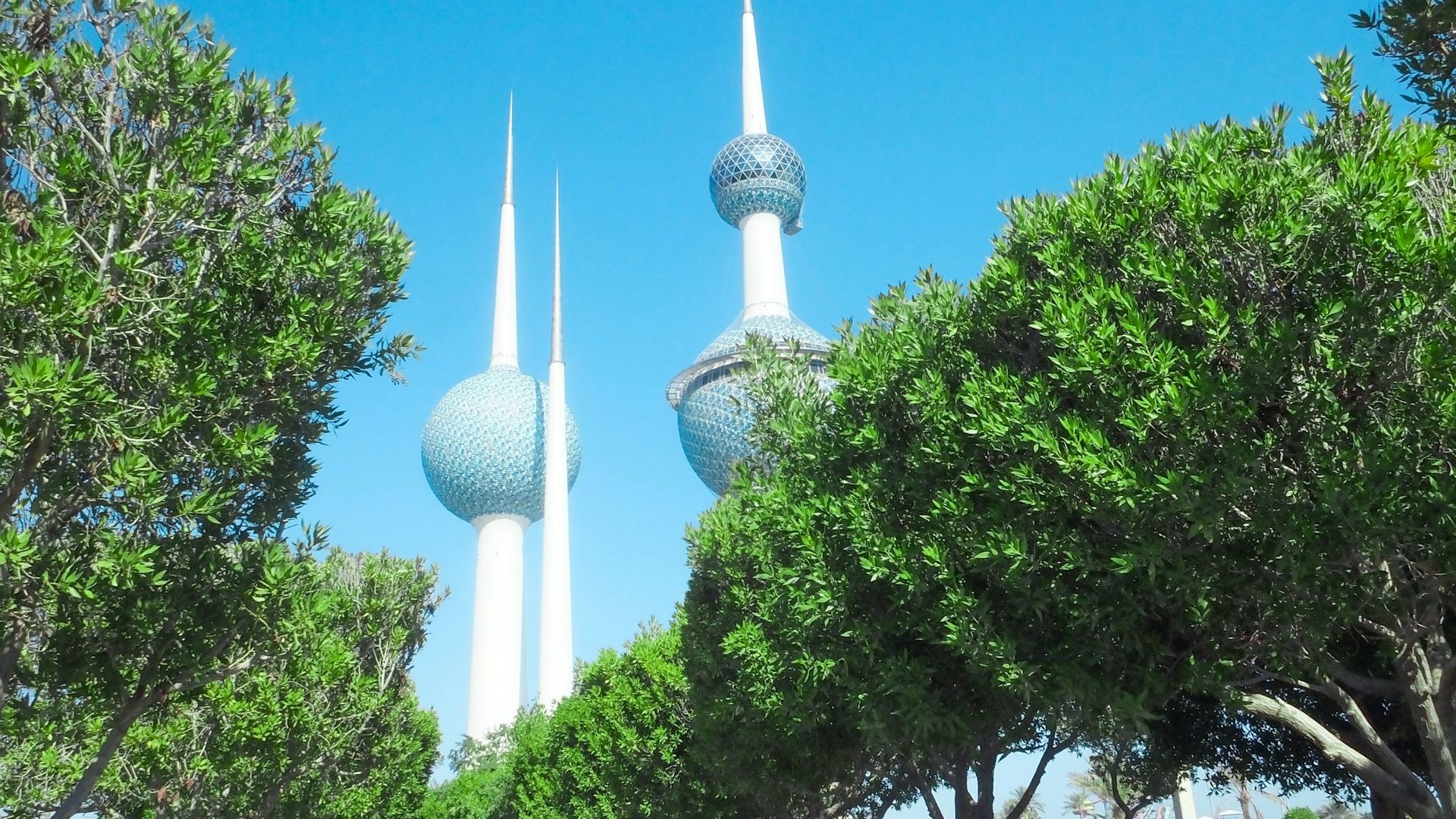
During this period, Bahrain a very important country in the Persian Gulf.
There was never any concrete proof of that until now, despite there being ample evidence of thriving societies in ancient Kuwait and what is now the United Arab Emirates. However, these places were not as historically relevant during this period as Bahrain.
The Reason It Survived This Long
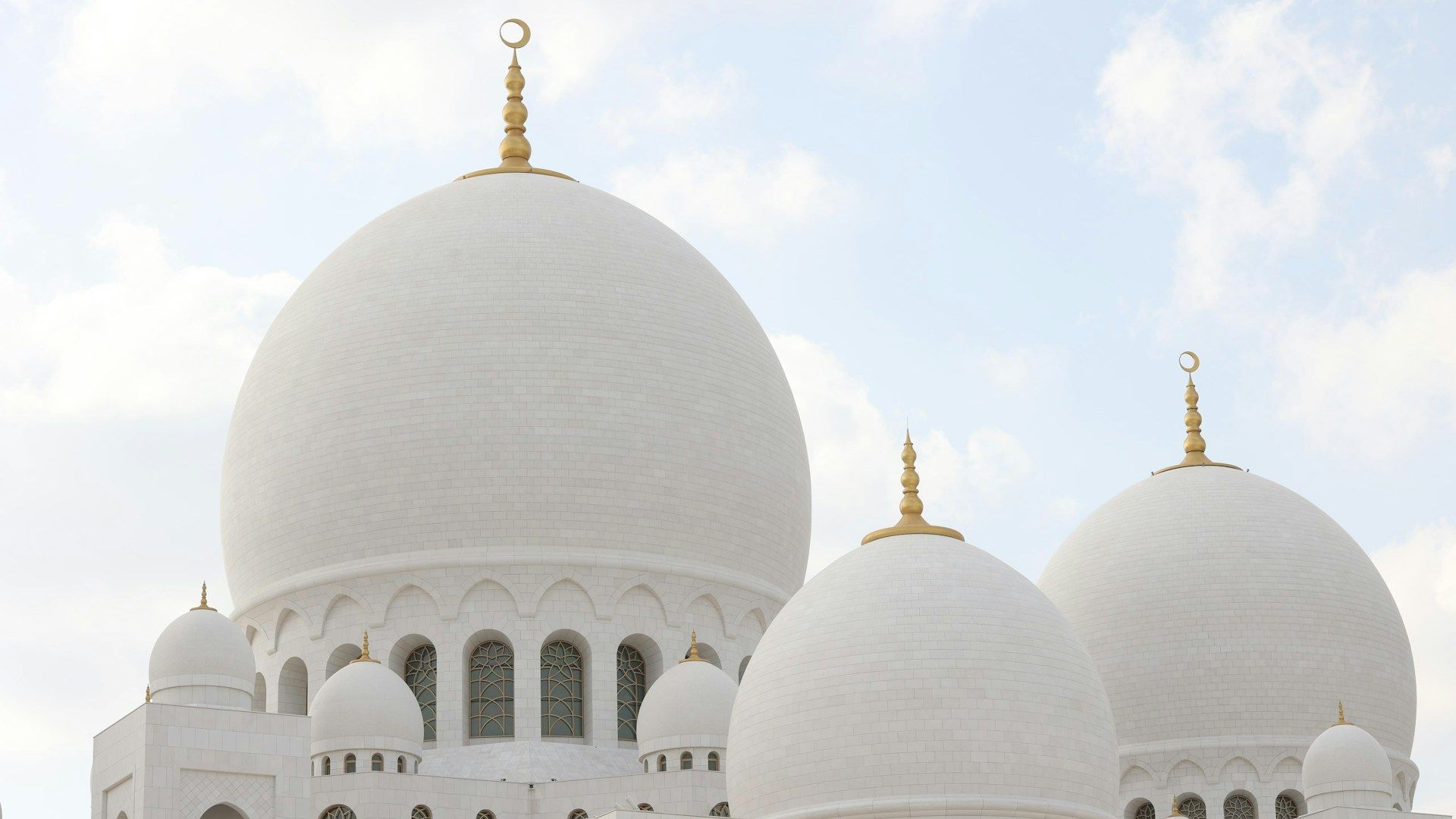
The Christian structure survived for 1,600 because a mosque was built directly on top of it.
Building the mosque meant that the rooms and artifacts underneath it were preserved until now.
The Future of the Christian Structure
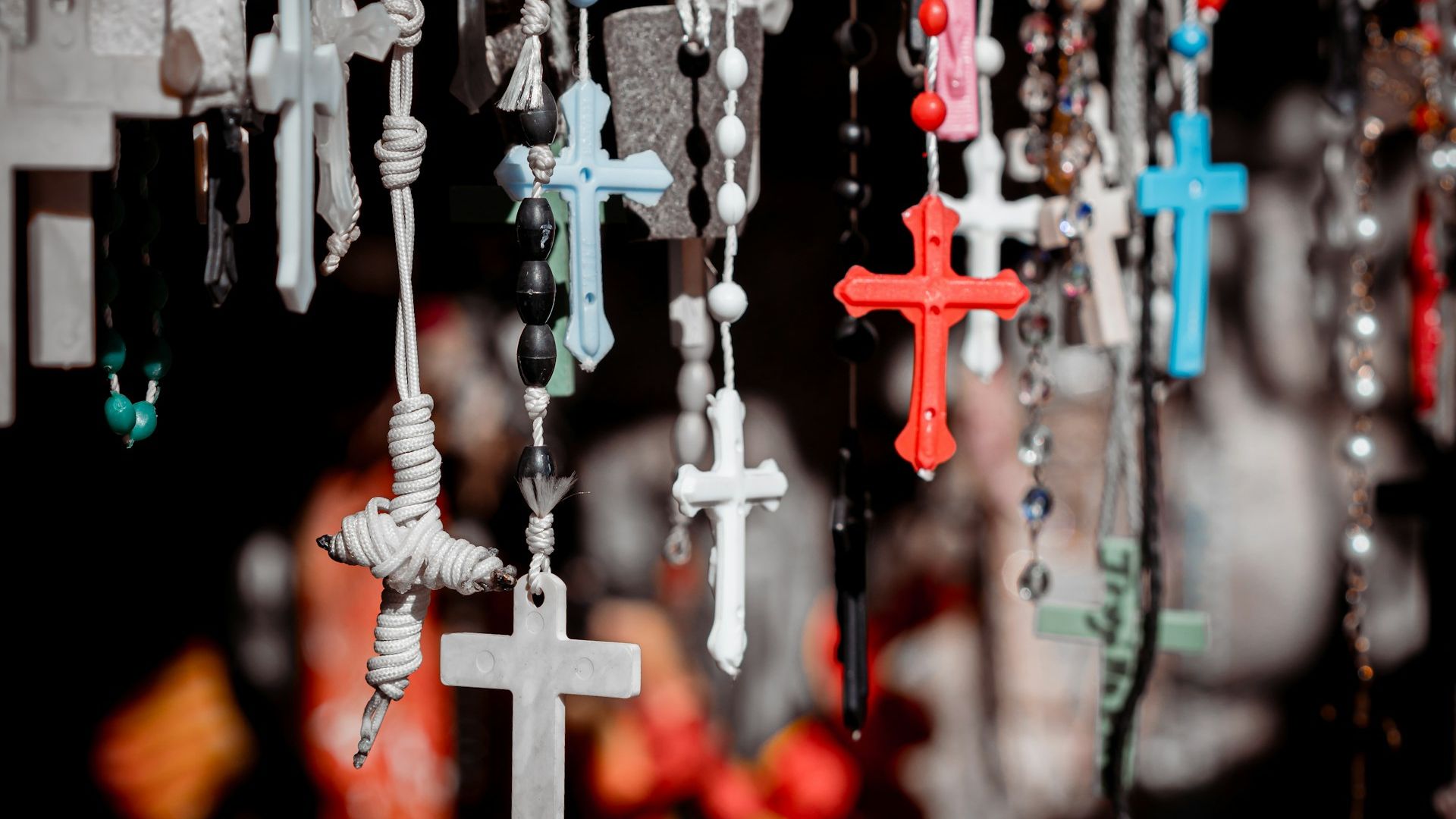
The plan is to develop a museum at the site so tourists can see the rich tapestry of faith and culture in Bahrain.
The museum is set to open in 2025.
Continuing to Challenge the Religious Landscape
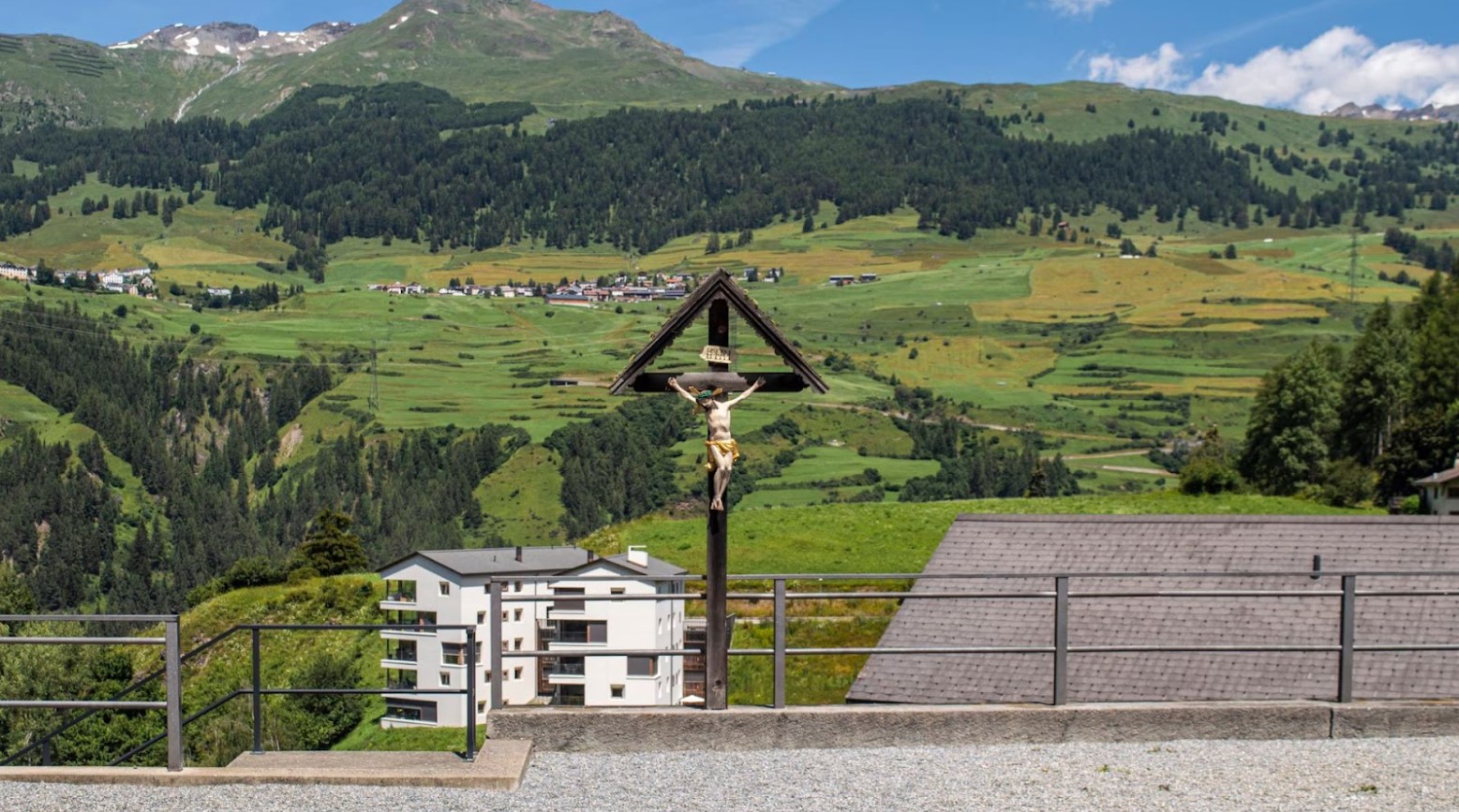
These findings prove that the religious landscape continues to be challenged. They help us learn more about the areas we live in, broaden our knowledge, and give more historical context to the area.
It only shows that you can spend most of your life believing one thing about an area, but when archaeological evidence forces you to start thinking another way, it proves that life wasn’t always what we thought it was.
